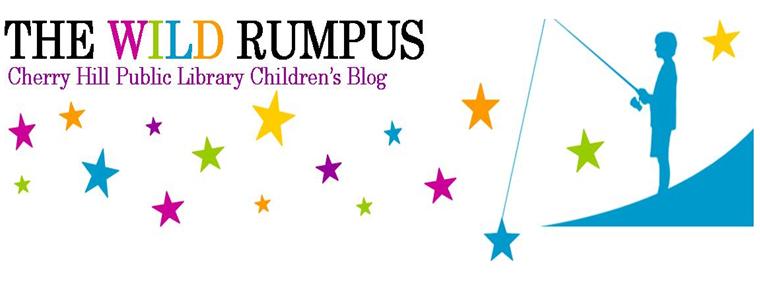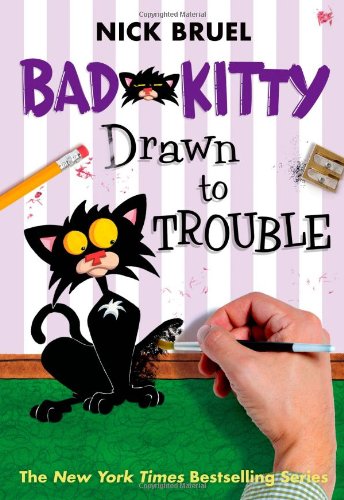When Life Gives You O.J. by Erica S. Perl
Ten-year-old Zelly is still adjusting to life in Vermont after leaving Brooklyn with her family to live with her Grandfather. Her family is Jewish and she finds there aren’t a lot of other Jewish families nearby, and this sometimes makes her feel uncomfortable. Summer has started and Zelly's best friend has left for camp, so she is a little bored. Plus she really, really wants a dog. Her eccentric Grandpa, also known as Ace, comes up with a sure fire plan to get her a dog… but he is the only one that thinks it is sure fire idea. Kristin (J Fiction)
Bad Kitty: Drawn to Trouble by Nick Bruel
For the 10th book in the Bad Kitty Series, Nick Bruel, the author, decided to clue children in on the process of making a book. In Drawn to Trouble, we follow our friend Bad Kitty through all sorts of adventures. We get to learn a little about the author and also get a very quick art lesson on how to draw that main character. As you read this book, you learn how an author creates a character and setting. You also learn in a very humorous way about conflict, antagonists, and how to develop a great story. This story is very funny and it does not disappoint. Jacquie (J Fiction)
Miss Peregrine’s Home for Peculiar Children: The Graphic Novel by Ransom Riggs.
Sixteen-year-old Jacob Portman has grown up hearing his grandfather’s stories about the monsters that hunted him in his youth and the enchanted orphanage where he sought refuge. Jacob thinks these stories are just a metaphor for the Nazis and the horrors of the second World War, that is until his grandfather is murdered and Jacob sees a terrifyingly real monster. Suddenly Jacob finds himself journeying to a remote island off the coast of Wales, where he discovers the crumbling ruins of Miss Peregrine’s Home for Peculiar Children. Perhaps his grandfather was telling the truth all along… Even if you’ve read the book, the graphic novel version is worth a second read. Artist Cassandra Jean’s illustrations bring to life this “peculiar” story! Alia (Y Graphic)
Odessa Again by Dana Reinhardt
Have you ever wanted to go back in time to fix a mistake? What about just to make something go your way? This audiobook takes us on a journey with ten-year-old Odessa Green-Light after she discovers a time travel portal in her new attic bedroom. The trouble is, Odessa's time travel power becomes more limited each time she uses it, so she has to be sure to use it wisely. This is an exciting story about friendship and family with a slight hint of magic, and a fabulous narrator to boot. Cassie (J audio book)

.JPG)
.JPG)
.JPG)
.JPG)
.JPG)

.JPG)
.JPG)
.JPG)
.JPG)










